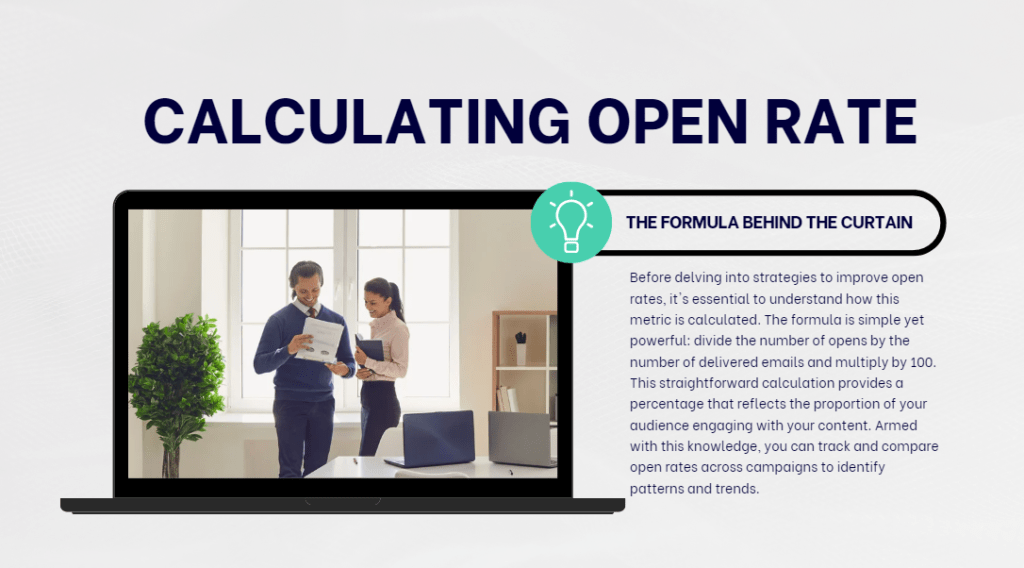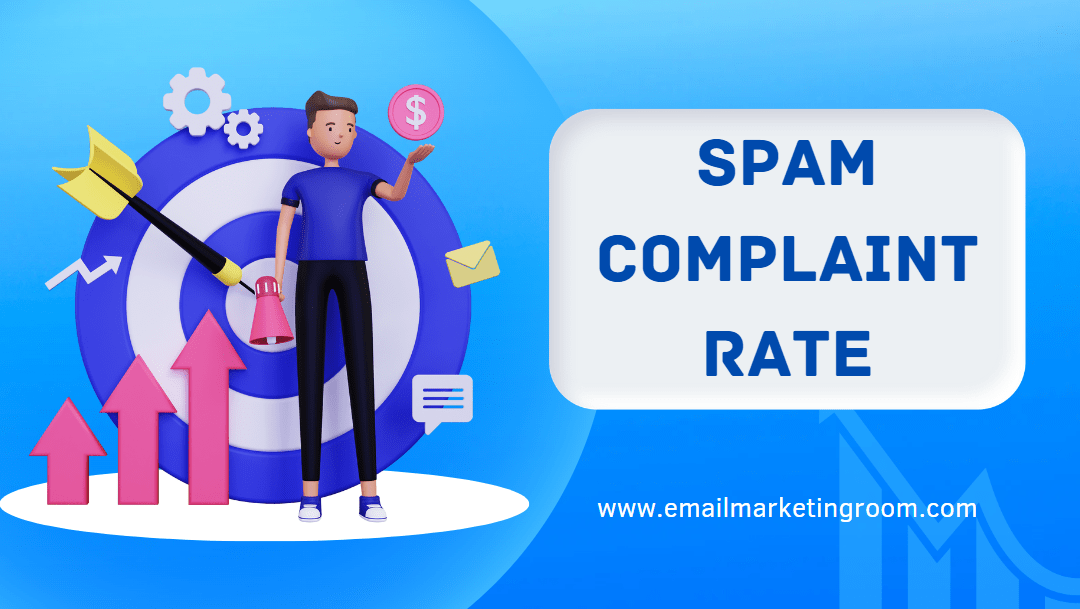Introduction:
In the dynamic realm of email marketing, where the inbox is a battleground for attention, the open rate stands as the initial litmus test of your campaign’s success. Understanding and optimizing this key metric is like deciphering a secret code that unlocks the door to audience engagement. In this blog post, we’ll take a deep dive into the world of open rate metrics, exploring why it matters, how to calculate it, and strategies in order to boost this critical aspect of your email campaigns.
The Open Rate Unveiled: Why It Matters
The open rate is more than just a percentage; it’s a window into the minds of your subscribers. It reveals the effectiveness of your subject lines and sender names, offering insights into what captures attention and prompts action. A high open rate indicates a successful first impression, while a lower rate signals a need for refinement. Understanding why recipients open (or don’t open) your emails is the first step toward crafting more compelling content.
Calculating Open Rate: The Formula Behind the Curtain
Before delving into strategies to improve open rates, it’s essential to understand how this metric is calculated. The formula is simple yet powerful: divide the number of opens by the number of delivered emails and multiply by 100. This straightforward calculation provides a percentage that reflects the proportion of your audience engaging with your content. Armed with this knowledge, you can track and compare open rates across campaigns to identify patterns and trends.

Subject Lines: Crafting Compelling Invitations
The gateway to your email content is the subject line. Crafting compelling and curiosity-inducing subject lines is an art form that directly impacts open rates. We’ll explore techniques for creating subject lines that intrigue, resonate, and prompt action. Whether it’s leveraging personalization, urgency, or relevance, mastering the art of subject lines is a key component of boosting open rates.
Sender Names: Building Trust and Recognition
Beyond the subject line, the sender name plays a pivotal role in enticing recipients to open your emails. We’ll discuss the psychology behind sender names, strategies for building trust and recognition, and the impact of sender reputation on open rates. Establishing a consistent and recognizable sender identity contributes to a positive user experience and encourages recipients to engage with your content.
Timing is Everything: Navigating the Inbox Landscape
The timing of your email delivery can significantly influence open rates. We’ll explore the intricacies of sending emails at the right time, considering factors like time zones, industry benchmarks, and the behavior of your specific audience. Fine-tuning your sending schedule can lead to higher open rates as your emails land in the inbox when your audience is most receptive.
Segmentation and Personalization: Tailoring for Impact
Segmenting your audience based on thngs such as behavior, preferences, or demographics allows you to deliver targeted and relevant content. Personalization goes beyond just addressing recipients by their first name, it involves tailoring content to their interests and needs. We’ll discuss how segmentation and personalization contribute to higher open rates by basically creating a more personalized and engaging experience for your subscribers.
Conclusion:
Summing up, in the intricate dance between email marketers and their audiences, the open rate serves as the first step on the journey to engagement. By unraveling the mysteries behind open rate metrics, marketers can gain valuable insights. Refine their strategies, and ensure that their emails not only land in the inbox but also capture the attention and curiosity of their subscribers. Remember, the code to email marketing success begins with understanding and optimizing the factors that drive higher open rates.








